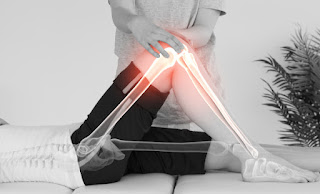Chairs.... why they are a hidden health problem
5000 or more years ago yoga was developed as a spiritual practice. It was developed to bring people present through working in the body, to bring them closer to God, closer to the divine.
And those ancient yogis of long ago, developed a practice, through use of different forms and positions, that grew out of their bodies, by watching nature, grew out of a culture, these ancient yogis grew up in an environment where sitting on a chair was not normal.
Chairs did not exist.
Those early practitioners of Yoga, and those yogis from India who, 1000’s of years later, brought yoga to the west had a very different relationship to sitting. They grew up where, for the most part they would sit crossed legged on the floor or squat. Squat or sit on the floor for everything. Sit cross legged to eat, squat to cook, sit cross legged on the floor to meditate, sit cross-legged to gather and chat, and they would even squat to go to the toilet.
We westerners have grown up on chairs. We strap our babies into push chairs, high chairs, a favourite cry of a parent is for a child to “please sit in your chair”, children for the most part sit in cars or buses to go to school, sit at desks to study with only short periods of physical activity. Then they come home, sit at a table or on a sofa to eat. Sit on a chair to look at a book or screen. And so the western body grows, adapts and is shaped for the chair.
By the time we are in our 50's or older, many people start to suffer from hip pain, and if not in the hips, then the knees or ankles are compensating for lack of movement in the hips and they will stop functioning well too.
And what happens when this western body tries to practice the postures of yoga - as young youtube videos might instruct them? They are trying to do poses that were brought from yogis who grew up squatting. And a bendy practitioner, or someone who has loose ligaments, or has many many years of yoga in their body will be teaching postures that are basically not possible for many people of a certain age.
Basically the older body is not ready for these asanas. A person with their limited hip mobility finds yoga too challenging. This is why many men avoid yoga. It therefore makes sense that the typical yoga practioner in the west is often a woman, and a woman who happens to have a degree of hyper mobility. Or is just more able to bend and stretch because of female hormonal adaptations preparing her pelvis for childbirth ( whether or not she is pregnant).
What we need to do when we practice yoga is to find kindness and patience for the body who never got a chance to open in the hips, for the body that was condemned to sitting in a chair. We can relax and let go of trying to pretend we are an ancient yogi, or trying to emulate a young youtube teacher and remember those postures were developed without a real understanding of our restrictions in mind.
You can have a yoga practice that helps to counterbalance the habits in the hips that come from the chair affect. And as well as practicing yoga regularly, we can sit on the floor to watch television, read a book. We can put our laptop on the floor to surf the internet. We can go out into nature and have more picnics on the ground. We can be mindful to walk rather than take the car. And we can be gentle on our mat in our practice.
If you would like to receive the 3 free videos from Kathy White Yoga to try a sequence for the hips and shoulders, simply subscribe to the mailing list...
If you wou




Comments
Post a Comment